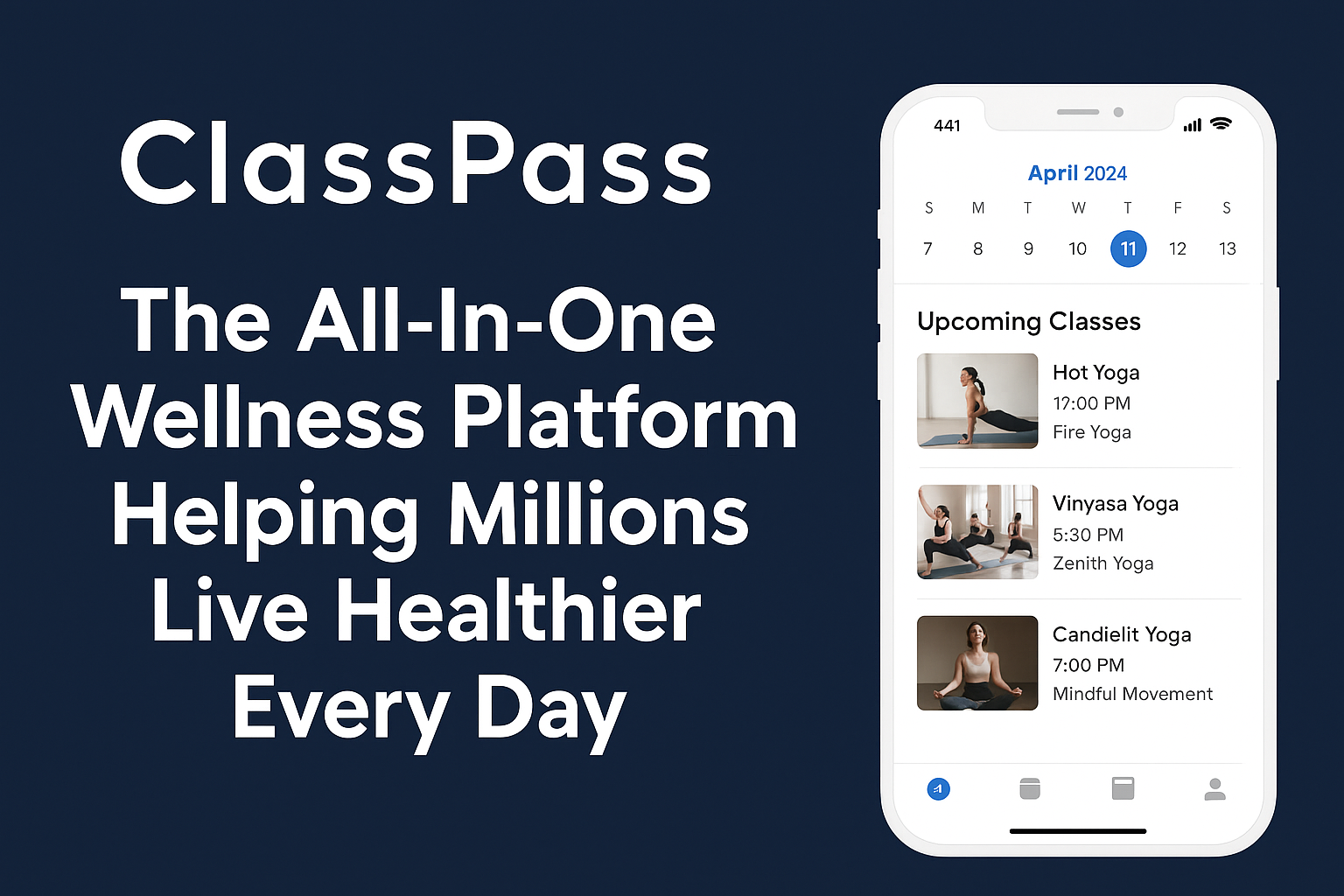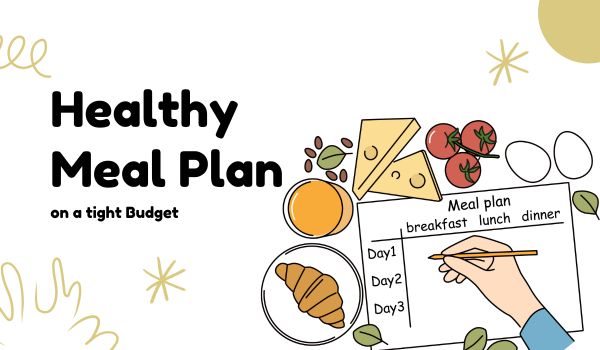
Exercise doesn’t need to feel like a chore. In fact, it can become one of the most rewarding parts of your daily routine. Whether you're just beginning your fitness journey or looking to add variety to your routine, incorporating consistent movement into your life can lead to meaningful improvements in your overall health.
Physical activity isn’t just about weight management. It boosts mood, reduces stress, improves cardiovascular health, increases energy, strengthens bones and muscles, and enhances mental well-being. Dr. Gosia G. Wamil, MD, PhD, a consultant cardiologist at Mayo Clinic Healthcare in London, offers straightforward advice to help people of all fitness levels move more and feel better.
Find an activity you enjoy
Enjoyment is the secret to sustainability. One of the biggest reasons people stop exercising is because they see it as an obligation rather than something they look forward to. When you find an activity that genuinely excites you, it becomes easier to stay consistent.
Your ideal activity might be anything from dancing and hiking to swimming, playing tennis, or simply walking through your neighborhood. Some enjoy group classes like Zumba or spin, while others prefer the solitude of a morning jog or yoga session. Don’t be afraid to experiment until something clicks. The more joy you associate with movement, the more likely it becomes a lifestyle rather than a temporary fix.
Start small and build momentum
One of the most common fitness mistakes is trying to do too much too soon. Overloading your body with intense exercise without proper conditioning can lead to burnout or injury. That’s why starting small is both practical and sustainable.
Begin with short walks, basic stretches, or light bodyweight exercises. Even just 10 minutes a day can make a difference. Once your body adapts, you can slowly increase duration and intensity. Think of fitness as a long-term journey — consistency beats intensity when you're getting started.
Small, manageable steps help build confidence, form healthy habits, and make it easier to maintain your momentum over time.
Mix it up to avoid plateaus
Repeating the same workout over and over can lead to physical and mental stagnation. Your body becomes efficient at performing the same movements, which slows down progress. Variety in your routine keeps your muscles challenged and your mind engaged.
A balanced fitness regimen includes:
-
Cardiovascular exercise: running, biking, swimming
-
Strength training: weightlifting, resistance bands, bodyweight exercises
-
Flexibility work: yoga, dynamic stretching, Pilates
-
Balance training: tai chi, stability ball workouts
For example, alternate between strength training on Mondays and Wednesdays, cardio on Tuesdays and Thursdays, and flexibility or active recovery on Fridays. Mixing things up not only improves your results but also prevents boredom and helps you stick with it.
Create a routine and stick with it
Having a consistent schedule helps make exercise an automatic part of your day. People who designate a specific time for physical activity are more likely to stick to it. Whether it’s before breakfast, during a lunch break, or after work, pick a time that suits your energy levels and lifestyle.
Scheduling workouts like any other important task increases your commitment. Put it on your calendar or set phone reminders to stay accountable. Just remember: consistency doesn't mean doing the same thing every day — it means showing up and moving your body regularly.
The more exercise becomes a habit, the less mental effort it takes to follow through.
Stay motivated through goals and support
Even the most enthusiastic fitness lovers sometimes lose motivation. Life gets busy, results don’t come fast enough, or other responsibilities take priority. To combat this, set realistic goals and build a support system around your efforts.
Start with clear, achievable goals — like walking 30 minutes a day, completing three workouts per week, or drinking more water. As you achieve those goals, celebrate your progress. Progress tracking, fitness apps, or a simple journal can help you visualize improvement and stay inspired.
Find a workout buddy or join a fitness community. Shared goals, encouragement, and accountability can make your fitness experience more enjoyable and sustainable.
Identify and overcome your personal barriers
Everyone encounters obstacles that make exercise feel difficult or inconvenient. The key is identifying your specific barriers and finding strategies to work around them.
Some common challenges and solutions include:
-
No time: Break workouts into short 10-minute sessions throughout the day.
-
Lack of motivation: Use positive reinforcement like rewards or habit trackers.
-
Uncertainty: Follow a structured program or hire a trainer for guidance.
-
Weather issues: Use indoor routines like bodyweight workouts or online fitness classes.
By planning for setbacks in advance, you build resilience into your routine. The ability to adapt keeps you consistent — even when life throws curveballs.
Turn exercise into a habit
Habits form through repetition. When you exercise at the same time each day, it becomes a natural part of your rhythm. Over time, you’ll start to associate that time slot with movement and feel a sense of discomfort if you skip it.
Building a habit takes patience. Research suggests it can take anywhere from 21 to 66 days to form a new behavior, depending on the individual. During this period, keep your workouts simple and accessible. Lay out your clothes the night before, set alarms, or prep your gym bag ahead of time.
As the habit strengthens, working out will feel like brushing your teeth — just something you do.
Reward yourself to stay on track
Rewards are a great way to reinforce positive behavior. When you hit a fitness milestone — no matter how small — give yourself something to look forward to. It could be a relaxing bath, new workout clothes, your favorite smoothie, or time with a friend.
The important thing is choosing rewards that support, not sabotage, your goals. Avoid food-based rewards that might conflict with your health journey. Instead, focus on experiences or items that motivate you to keep going.
Recognition builds confidence. And feeling good about your efforts makes it easier to keep moving forward.
Listen to your body’s signals
Pushing your limits can be empowering, but it's equally important to recognize when your body needs rest or recovery. Overtraining can lead to fatigue, injury, or mental burnout.
Pay attention to signs such as:
-
Persistent soreness or joint pain
-
Difficulty sleeping
-
Unusual fatigue
-
Elevated resting heart rate
-
Mood swings or irritability
Also, watch for more serious symptoms like dizziness, chest discomfort, or shortness of breath. If anything feels off, don’t hesitate to consult a healthcare provider.
Incorporate rest days and active recovery into your routine. Stretch, walk, or do light yoga to help your body repair and prepare for your next workout.
Understand the impact of exercise on your heart
Physical activity is one of the most effective ways to support heart health. Regular movement helps lower blood pressure, regulate cholesterol levels, strengthen the heart muscle, and improve circulation.
Aerobic activities such as walking, swimming, and cycling are especially beneficial for cardiovascular health. They enhance endurance and keep your arteries flexible. Strength training also plays a role in reducing visceral fat and improving metabolic function.
Additionally, exercise helps manage stress, anxiety, and depression — all of which contribute to heart health. By making fitness a daily priority, you’re not just improving how you look and feel — you’re literally adding years to your life.
You don’t need to be perfect — just consistent
Getting fit and staying healthy isn’t about being perfect. It’s about progress, not perfection. There will be days when motivation is low, your schedule is packed, or your energy is drained. That’s okay.
The key is to keep showing up. Even a short stretch, walk, or deep breathing session can help you stay connected to your health goals. Give yourself grace, keep your mindset positive, and celebrate the effort, not just the outcome.
Fitness is a lifelong journey — and the rewards are worth every step.
Conclusion: Move with purpose, live with vitality
Exercise is one of the most powerful tools you have for a longer, healthier, more vibrant life. It improves your physical, mental, and emotional health in ways no pill ever could. And the best part? It’s never too late to start.
Find what you love, start small, stay consistent, and enjoy the process. Your body and mind will thank you every single day.







.png)
.png)
.png)






.png)
.png)
.png)
.png)
.png)
.png)
.png)
.png)
.png)



.png)


.jpg)



















